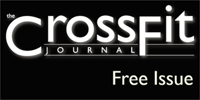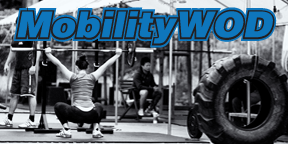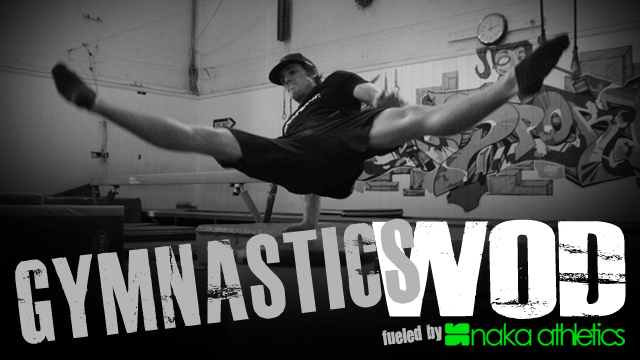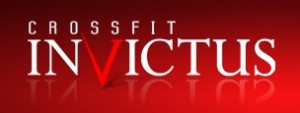25
Mar / 12
Shoulder Impingement Checklist
posted by: Holley
For those of you doing this month’s challenge, the number of reps per day is getting fairly high and you may be noticing some shoulder tightness. If you have been doing the CrossFit Open workouts as well, you are probably even more likely to be feeling some shoulder tightness. Nick and I have been doing both and for the first time, I’m actually feeling some shoulder tightness and Nick has been experiencing a lot of pain from shoulder impingement. In light of the recent pain, I did some digging into the CF journal to find some articles by Kelly Starrett (mobility guru). I came across two great videos titled Impingement Checklist and Shoulder Impingement which help to identify shoulder mobility issues.
The first video goes through a two point checklist for identifying impingement issues and cues for correcting it. The first point is to check your posture with your arms hanging at your side. Here are the primary things that you should see:
- thumbs should be facing forward
- muscles slightly activated between your shoulder blades
- lats and traps should be relaxed
- pectoral muscles should be flat
- shoulders should be “on the shelf”
- ab notch should be visible
When you don’t see those things with your arms hanging at your side, here are the likely issues:
- thumbs are facing in toward your body – likely have tight lats and/or pectoral muscles
- muscles slightly activated between your shoulder blades – laziness
- lats and traps are tense and activated- if you have to activate these muscles to get into the correct position, you likely have inflammation in the shoulders/tight lats/tight pectoral muscles
- pectoral muscles are concave – if your shoulders are rounded your pecs will be concave indicating tight pectoral muscles
- shoulders are forward – if your shoulders are rounded and forward, they are no longer sitting on the shelf where they are supported by the architecture of the shoulder and instead are only supported by the capsule
- rib cage and stomach are sticking out - if you let your rib cage fly out, the ab notch will not be visible which means your abs are not engaged and tied to the obliques which means you don’t have a solid midline
The second point of his lecture was about clearing the path to get the shoulders up overhead. Kelly suggests that the key to getting your arms overhead in the right position is to get the shoulder blades down and back and out of the way. If you don’t have good thoracic extension, then it’s important to use a foam roller and lacross ball to loosen up the thoracic region so you can get in the appropriate position overhead.
While this video was primarily about identifying your shoulder impingement issues, he mentioned that reducing inflammation in the shoulder region is key. His primary suggested method for reducing inflammation was icing.
Kelly’s second video covers how your shoulder joint moves when you put your shoulders up overhead or in the front rack position. He discusses how when you have good shoulder mobility, your shoulder joint should roll, slide and glide. However, if you have tight triceps, lats or pectoral muscles, and/or inflammation in the shoulder region, your shoulder joint will roll, but maybe not slide or glide…which results in impingement. He does a much better job of describing this in the video. Also, he again he discusses that lat, tricep and pectoral mobility work and most importantly, inflammation reduction through icing is very important for reducing shoulder impingement. One of the great quotes I took away from this video goes back to form: “Best fit mechanics (perfect form) optimizes joint space and joint mobility.”
Sorry for the long-winded post, but hopefully this will help you all diagnose your shoulder mobility issues. Be sure to refer back to other posts, posts, posts, posts, posts for shoulder mobility drills and icing instructions.
REST DAY 3.25.12


 310.465.6565 |
310.465.6565 |




















comments